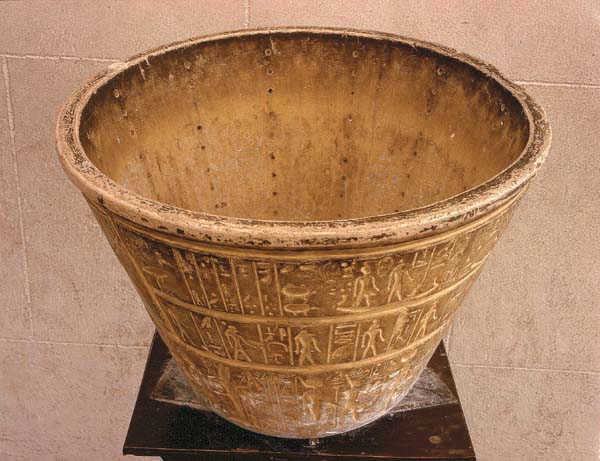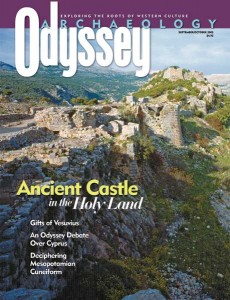Origins: Counting the Hours
Somebody had to divide up the day, but why the number 24?

24, the title of a popular television series, marks the time in which the hero needs to resolve a crisis. “24/7” is a phrase we use to refer to the schedule of an extraordinarily hard worker. Twenty-four hours, the length of a day, is so deeply engrained in our consciousness of time that we tend to think of it as part of the fabric of nature.
But it’s not. Although the day is determined by nature, the time it takes for the earth to make one rotation on its axis, the division of that fixed period into 24 units is just a man-made convention—though one that is now standard throughout the world. Where did 24, or two groups of 12, come from? And how did we ever get 24 hours of uniform length?
The modern 24-hour day, with each hour consisting of exactly 60 minutes, came into being with the rise of mechanical clocks in the Middle Ages, toward the end of the 13th century. Before mechanical clocks, people’s lives were normally guided by the daily course of the sun and the yearly succession of the seasons. Systematic timekeeping was mainly limited to monastic and ecclesiastical life.a
Already a library member? Log in here.
Institution user? Log in with your IP address.

